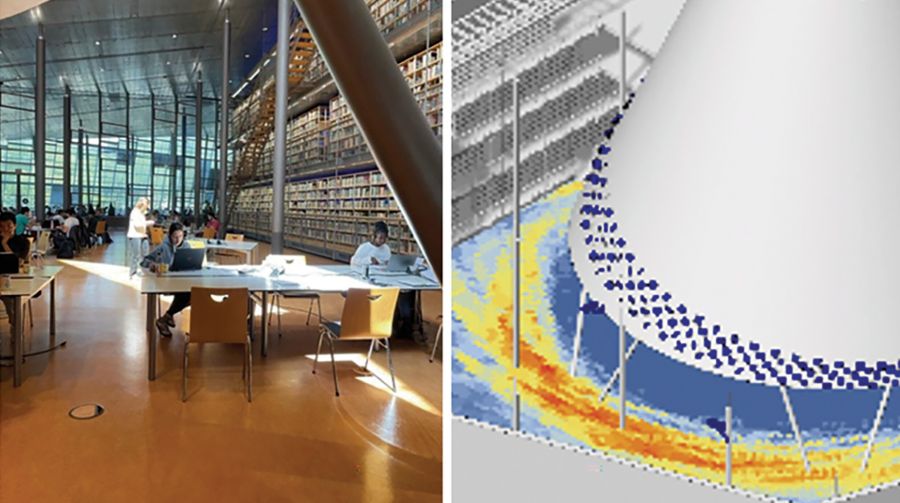Abstract
Ambient intelligence (AmI) relying on electronic devices employing information and communication technology (ICT) and artificial intelligence (AI) embedded in the network connecting these devices tends today to be insufficiently used. This deficiency implies that spaces are uncomfortable and considerable energy dissipates due to distribution losses, excessive or unnecessary climate control of little- and unoccupied spaces, etc.
Building operations are responsible for ±27% of annual carbon dioxide (CO2) emissions, and infrastructure materials and construction are responsible for an additional ±13% annually; both need to be addressed integratively to meet sustainability goals.Footnote1,2 This paper addresses this in three AI-supported AmI test simulations of applications focusing on illumination and ventilation systems embedded in the built environment.
Keywords:
Ambient Control, AI, Computational Design, Robotics, Interaction, Comfort, Health, CO2 Reduction, Indoor and Outdoor Climate
https://www.tandfonline.com/doi/full/10.1080/24751448.2024.2322927

